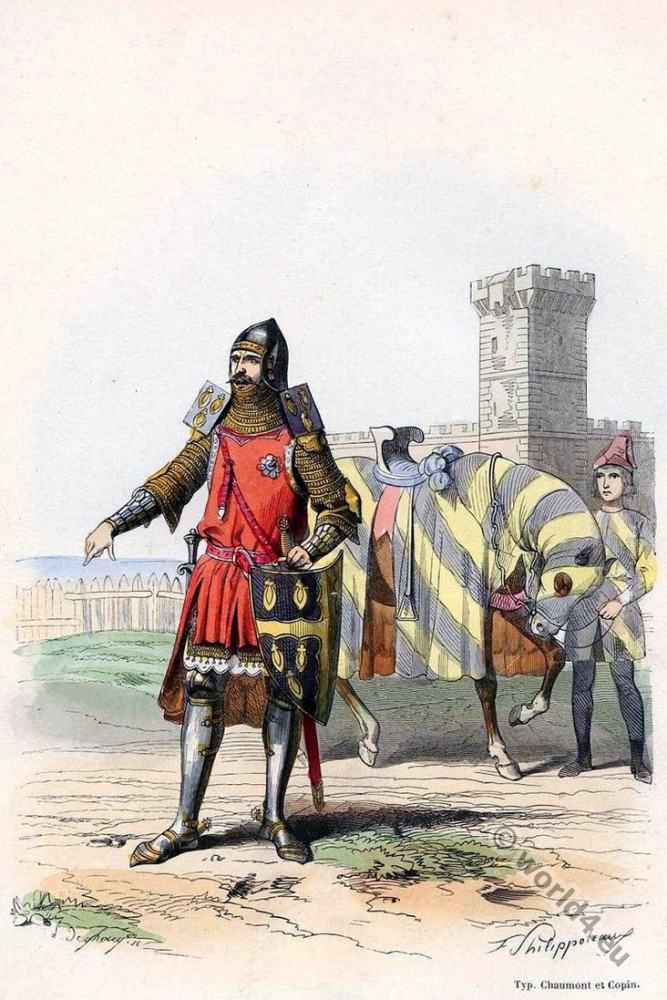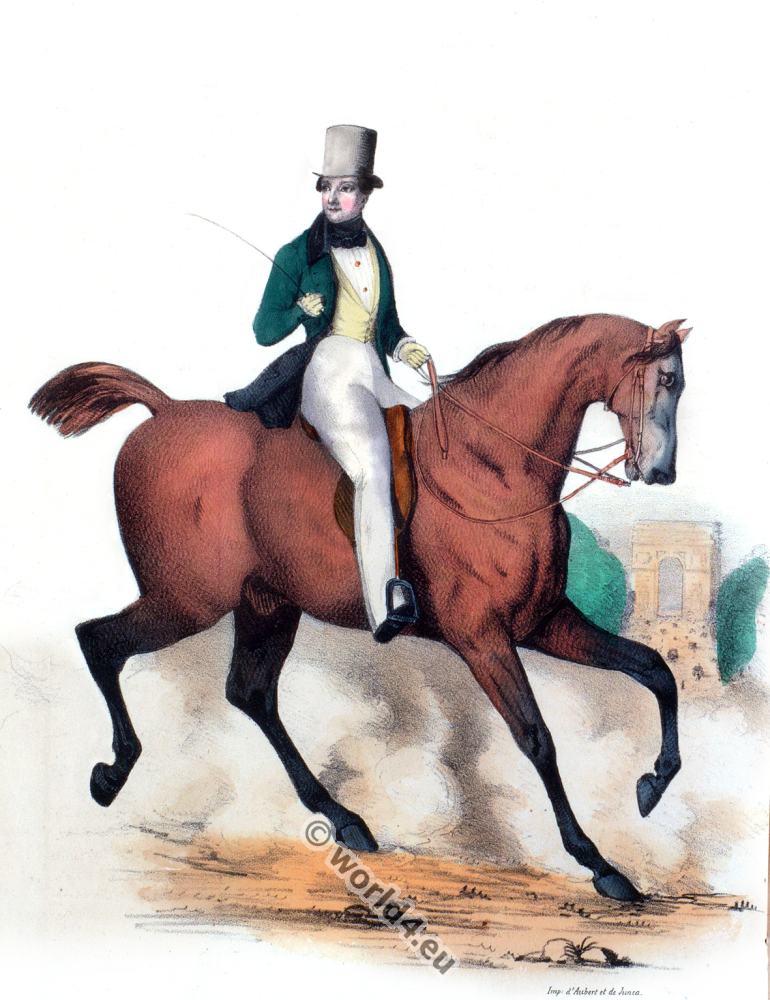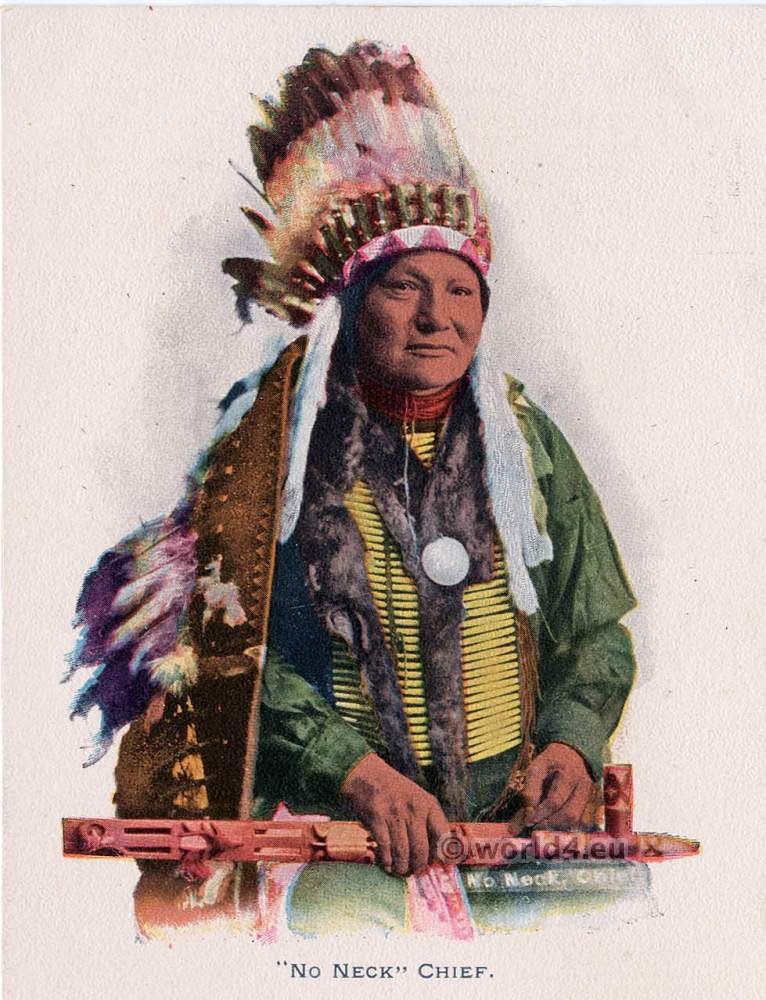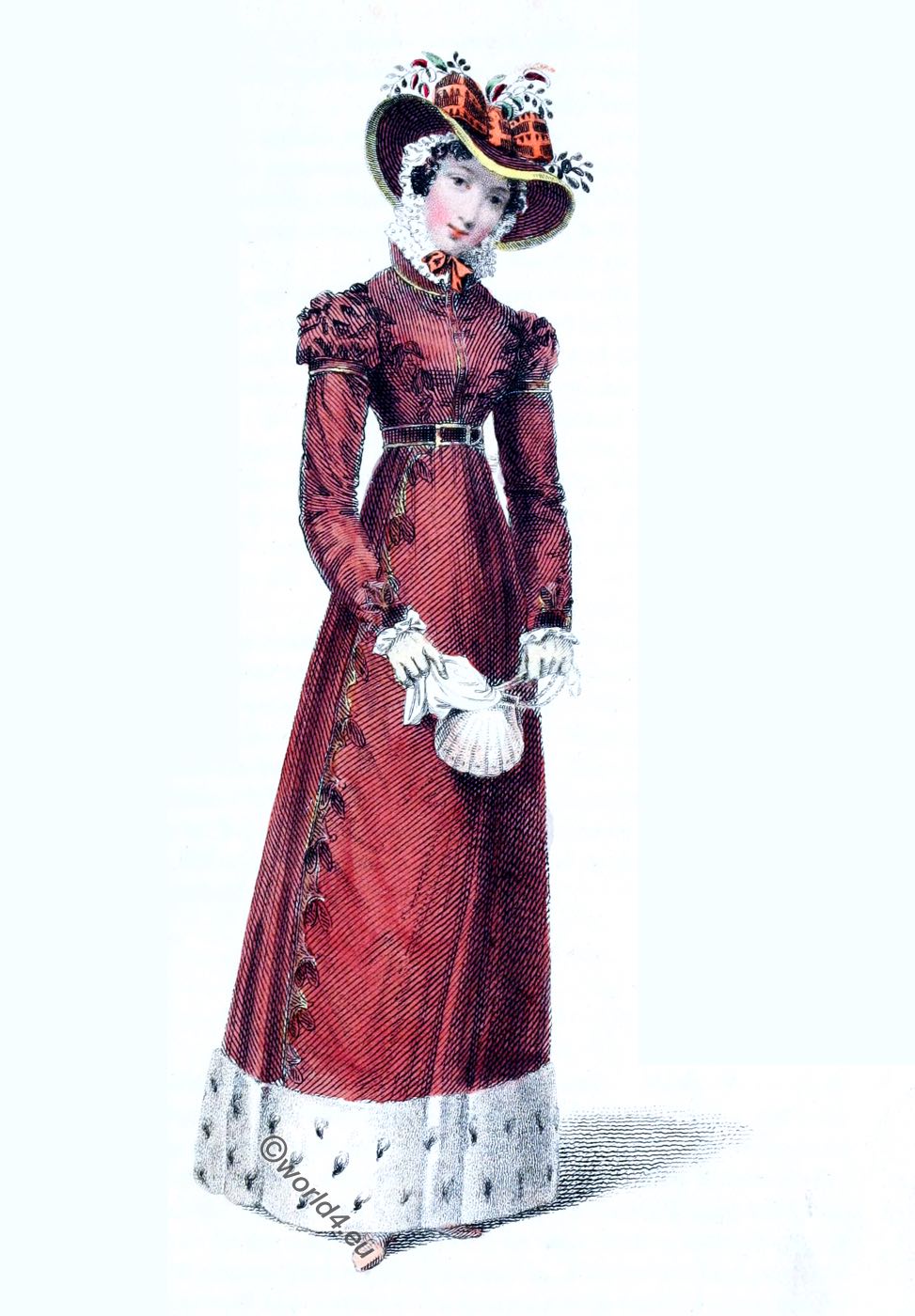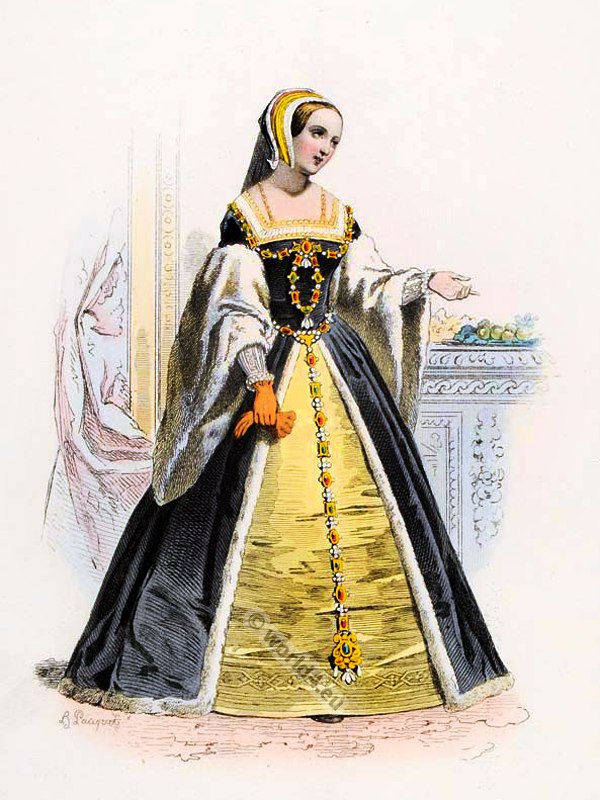
France. The fashions under the consulate. Ride to Longchamp in year X (1802).
Fashionable Parisians enjoy a beautiful spring day at the horse race at the Promenade de Longchamp in 1802.
The creator of the upper representation on our sheet that depicts the colourful life on the so-called “Promenade de Longchamp” near Paris in caricature-like exaggeration is unknown. One is led to believe that the art dealer and engraver Martinet, who traded in caricatures and fashion articles, is the author of this coloured engraving.
When it appeared, the paper had only a moderate price. Today, because of its rarity, it is paid with 400 francs (1880s). The promenade to Longchamp Abbey, where sacred musical performances took place during Holy Week, had been a popular destination since the 18th century. It has been the meeting place of the elegant world, where the most extravagant fashions of the Parisians have been presented.
A compilation of the latter also lay in the intention of the draughtsman, who at the same time achieved excellence in the characteristics of the various nations. The stiffness of the composition is also explained by this effort. At that time in Paris people had become serious and gravitical.
As late as 1807 Prudhomme *) wrote in the Miroir de Paris: “You can no longer see in the Parisians the serenity and cheerfulness that distinguished them twenty-five years ago; their faces are no longer so laughing, their faces are no longer so open. One reads on their faces business embarrassments, commitments, projects. Everyone behaves in a reserved manner, one person suspects the other, everyone observes the other.”
*) Sully Prudhomme (actually René François Armand Prudhomme; 1839 -1907) was a French writer. He was the first Nobel Prize winner for literature. His most famous poem is Le Vase brisé (1865).
In 1802, when France was at peace with all nations, Paris was once again the centre of international society. The emigrants also returned, and one of them seems to be the gentleman in the middle on the right who still wears the black collar of the past epoch, the “powdered wig with plait and the old fashioned hat under his arms”.
Also the gentleman on the chair in the foreground, who listens to a lady and wears clothes of English character, seems to belong to the royalists (Incroyable). The man in the green uniform and the two-corner with the mighty feather bush is probably one of the war commissioners or surplus officers who were unemployed at that time. It was not until 1803 that ordinances were issued regarding military personnel, including a ban on the wearing of feather bushes.
The exclusive garment of the elegant gentlemen at that time was the tailcoat of grey, blue, green, brown or violet cloth with metal buttons; in addition a round wide-brimmed hat, short trousers with white stockings, or wide trousers and Russian boots with wide lapels.
The tailcoat was extremely scarce and the collar of the same upstanding and close fitting. Under the tailcoat one wore scarlet or white vests with a row of buttons, fine folded jabots and cuffs.
In addition to the round hats, two pointed, very large Chapeaux claques (folding cylinders) were also worn, which could be folded flat and which were called à la Vintimille. The men’s hair were mostly styled à la Titus or à la Caracalla.
Yellow buttons belonged to the blue tailcoat; white buttons were used for the green tailcoat, which was worn in all shades because green was the preferred main colour of the first consul (Napoleon Bonaparte). The wearing of high boots, which was supposed to indicate military inclinations, became so common that gentlemen with high boots were also allowed in the salons.
Although the female costume, under the Consulat no longer paid homage to the Grécomanie on such an exaggerated scale as under the Directory, it still goes very far in exposing the body.
The ladies brought not only the sacrifice of their health but also that of their lives to this nonsensical fashion. One quotes as such victims Mrs. Ch. de Noailles, who, nineteen years old, died leaving a ball, Miss de Juigné, eighteen years old, Miss Chaptal, sixteen years old, and Princess Tufaikin, seventeen years old.
Nevertheless, the female costume under the consulate was by far more moderate than the one under the directorate, which had already come this far in explaining nudity as the ladies’ favourite fashion and in discussing a costume à la sauvage.
After all, the close-fitting, wide-cut robe with very narrow armpits still revealed enough of the feminine charms. However, no more gauze dresses were worn and the dresses were no longer slit on the side, so that the whole leg became visible.
But Prud’homme, in his Miroir de Paris (1807), still accuses the ladies of looking as if they were coming out of the bathtub and as if they wanted their forms to be seen through the transparent robes. Although her predilection for antiquity still prevailed, the tunic was abandoned as early as 1800.
The short body has just as little Greek as the hat, the hood and the turban with feather support. But in our picture you can see another lady who has wrapped her head in a veil in antique style. In the year 1802 yellow straw hats were generally worn, of which twenty facets were known at that time.
As early as 1800 it was customary for ladies to wear blonde or brown wigs, which were dressed according to antique patterns, mostly busts of Roman empresses. Such wigs were also part of the wedding gifts. The daughter of the murdered deputy Louis-Michel Le Peletier, Marquis de Saint-Fargeau, who was furnished by the Republic, received twelve wigs. But there were ladies who had forty of them.
The half figures below the main representation are taken from fashion journals from the period 1800-1803.
No. 1. Capote hat of percale (Indian calico).No. 2 and 3. Negligé hoods with tulle trimming; with a fichu (bosom cloth).
No. 4. turban with forehead curls.
No. 5. Hat of broken straw called chapeau de sparterie.
No. 6. Costume à la Vestalin.
No. 7. Atlas jacket with swan fur.
No. 8. Body with open sleeves à l’athénienne.
No. 9. Large hood worn in the house.
No. 10. Straw hat with a tulle cap underneath.
No. 11. and 12. Two merveilleuses. One wears a capotte-like hood with stiffened ruffles.
No. 13. Example of bourgeois costume, in which bosom and neck were covered without the bodice being cut differently.
No. 14. Turban with feathers.
No. 15. Hairstyle according to antique fashion.
No. 17. Hungarian hat (à la hongroise).
Parade in Long-Champ, anonymous, after Carle Vernet, 1802. Painter and Draughtsman Constantin Guys (1805- 1892)
Source: History of the costume in chronological development by Auguste Racinet. Edited by Adolf Rosenberg. Berlin 1888.
Related
Discover more from World4 Costume Culture History
Subscribe to get the latest posts sent to your email.

